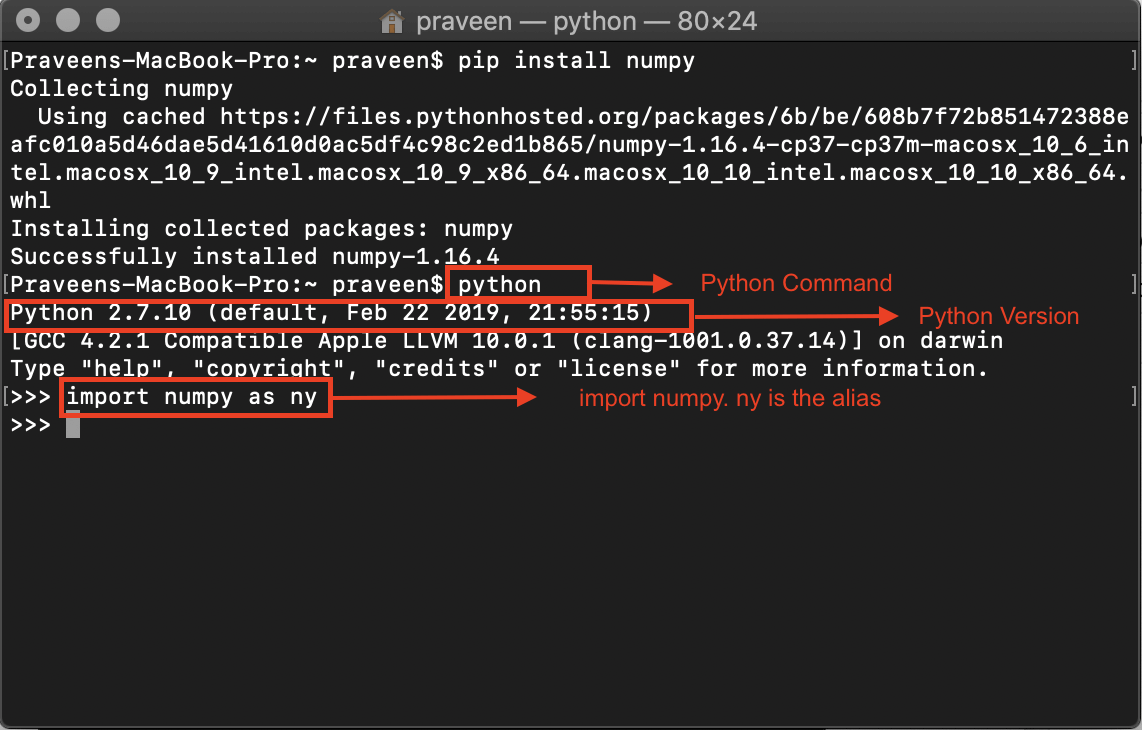

Also important to note that, as of the most recent versions of conda, conda's env is always active. In a lot of ways, conda serves as a lightweight userspace alternative to Docker for isolating software stacks. This is critical because it means that you can install complex software stacks on a system (such as your employer's heavily regulated production server) without needing root privileges.

Also, conda is able to do all these software and package installations in an isolated, userspace manner.

conda has an env system that allows you to have all of these installed across multiple different environments. You can install R, R libraries, Node.js, Java programs, C and C++ programs and libraries, Perl programs, the list is pretty long and limitless. You can install entire software stacks such as Python + Django + Celery + PostgreSQL + nginx. With conda you can install much more than just Python libraries. A lot of people in here are posting horrible answers (and getting upvotes for it) and generally missing the forest for the trees.Ĭonda and pip are serving completely different use cases despite having similar features.Ĭonda is a system package manager.


 0 kommentar(er)
0 kommentar(er)
